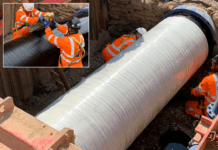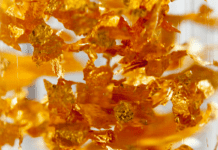
Zero liquid discharge (ZLD)
ZLD treats liquid waste streams, converting them into clean water (which can be reused) and a minimum volume of solid residues, which can often be processed further to extract valuable raw materials and co-products.
Multistage evaporation is a key process in many zero liquid discharge systems, with the waste stream being concentrated to a point just below full saturation. It is then cooled to precipitate the dissolved solids as crystals. Because of the high content of dissolved salts and other chemicals, these processes are highly susceptible to fouling of the evaporator and cooler surfaces.
In this multistage evaporation, each subsequent evaporation stage utilises steam from the previous stage as the thermal energy source. Because each subsequent stage works at a lower boiling point than the previous one, energy savings are obtained.
To overcome this and maintain thermal efficiency and process effectiveness, HRS ZLD systems utilise the patented HRS Unicus Series of reciprocating scraped surface heat exchangers. The HRS Unicus Series is configured according to an assessment of the solid-liquid mixture to be handled. The ability to accurately control the temperature of the product in the Unicus heat exchanger is a crucial aspect of successful ZLD as it allows the evaporator to be run just below the temperature at which the material would become saturated.
The constant movement of the scraper bars in the HRS Unicus not only prevent the build-up of a fouling layer on the tube surface (helping to minimise the amount of energy required to both maintain system temperature, but also needed to pump the product through the system), but they also ensures even temperatures are maintained within the product so evaporation efficiency is maximised.
Heat regeneration is a well-established technique to increase the energy efficiency of processes based on heat exchangers, and in the case of zero liquid discharge applications the surplus heat (used under vacuum, so that evaporation can occur at lower temperatures) from each previous Unicus evaporator is used as the heating medium for the next evaporation stage.







